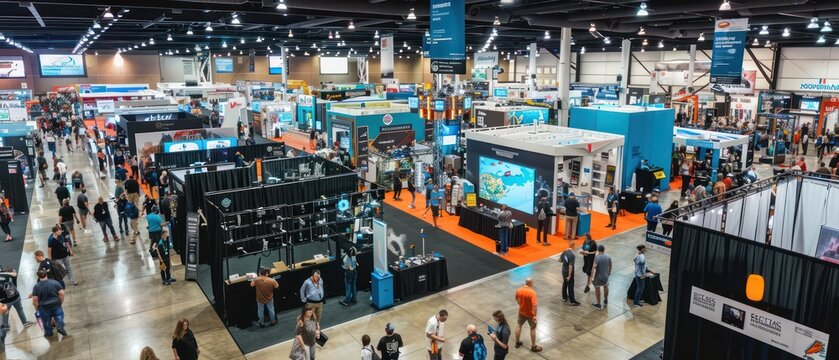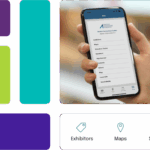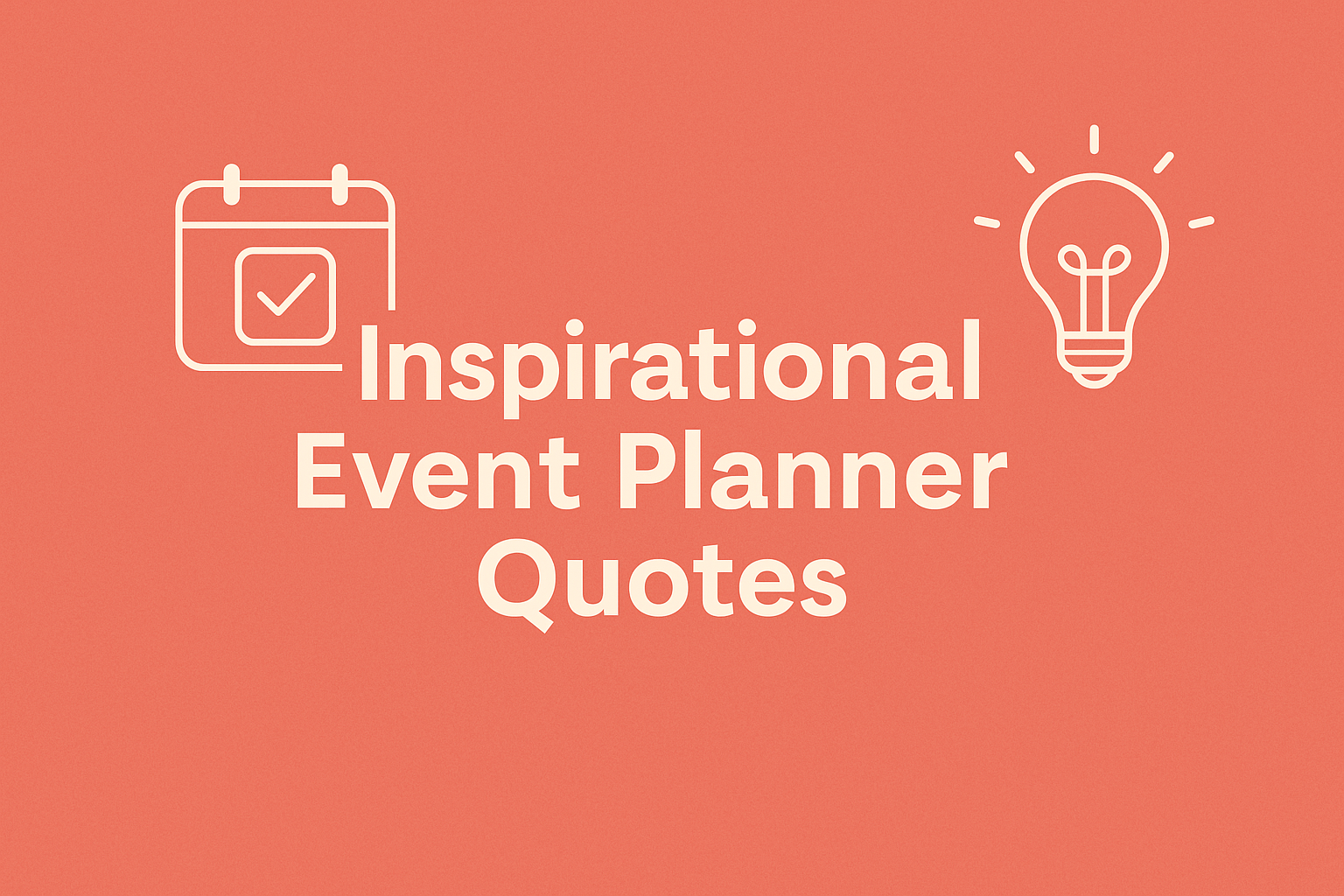If you’ve ever managed an event with exhibitors, you know it’s not all lanyards and branded tote bags. It’s emails, deadlines, booth logistics, sponsorship pitches, coffee that costs more than a nice dinner, and the occasional exhibitor meltdown when they can’t find the Wi-Fi password.
And if you’ve ever been an exhibitor? You know the flip side: endless service kits, confusing portals, and a sense that once you’ve signed the contract, you’ve been left to fend for yourself.
Here’s the truth: keeping exhibitors happy isn’t just about selling them booth space. It’s about creating an experience that delivers real ROI — so they sign up again next year, and maybe even tell their friends.
Rich Vallaster, DES, CEM, Senior Director of Industry Relations and Community Engagement, Personify and Marlys Arnold, Exhibitor Marketing Strategist, recently discussed the importance of post-sale engagement with exhibitors and sponsors. Below, this guide is packed with practical, tested ways to move beyond “We sold you a booth, good luck” and into “We’ve got your back — before, during, and after the event.”
Let’s get into it.
1. The Post-Sale Problem
Here’s the pattern we see far too often:
- The exhibitor signs a contract.
- You send them the standard onboarding email with 37 attachments.
- The months tick by, and they hear from you only when there’s an invoice due or a deadline they’ve missed.
We like to call this the “dump the Gatorade overhead” moment — you celebrate the sale, then move on to the next prospect.
But post-sale engagement matters as much (if not more) than the sale itself. A disengaged exhibitor is more likely to underperform, feel the event wasn’t worth it, and skip next year. And guess what? Those negative feelings often spread — to other exhibitors, to attendees, and sometimes on social media.
2. Barriers to Exhibitor Success
From hundreds of conversations with exhibitors, here are the most common roadblocks:
Information overload.
Service kits and exhibitor manuals are often massive. Buried deadlines, unclear instructions, and “see page 42 of the PDF” syndrome make it easy for important tasks to get lost.
Poor website navigation.
Even experienced exhibitors struggle to find what they need. If you can’t find your own lead retrieval info in less than 30 seconds, neither can they.
Missing or hard-to-find tools.
Lead retrieval, matchmaking, and marketing assets are often under-promoted. If exhibitors don’t know a tool exists, they won’t use it — and they’ll blame the event for poor ROI.
No personal touch.
Many exhibitors never hear from a real human after they sign. Without guidance, they default to old habits… which may not be effective anymore.
Download our guide: Lead Retrieval Solution Guide

3. Practical Fixes That Work
Simplify & spotlight tools.
Separate “must-do” logistics (order carpet, submit insurance) from ROI-boosters (upload booth specials, complete app profile). Put the high-impact items front and center.
Bite-sized updates.
Try a “Three Things Thursday” email: three quick, relevant reminders each week. It’s easier to read — and less likely to get ignored — than a 12-paragraph novel.
Assign the right contacts.
When you need booth photos or a press release, don’t email the sales rep who booked the booth. Ask for the marketing contact from the start.
Audit your own process.
Sign up as if you were an exhibitor and see how smooth (or painful) it feels. You’ll spot roadblocks instantly.
4. Shift the Mindset from Effort to ROI
Many exhibitors see event prep as “extra work” rather than “revenue acceleration.” Your job is to flip that script.
Ask about goals early.
Do they want more visibility? Leads? Product launches? Networking? Match their goals to the tools and sponsorships that will help them succeed.
Show what “good” looks like.
Share examples of complete profiles, creative booth promotions, or top-performing sponsorships from past years.
Use carrots, not sticks.
Offer incentives for hitting milestones — prize drawings, drink tickets, early access to prime booth selection. Publicly recognize top participants.
Download our guide: Event Tech ROI Guide Book
5. Timing Is Everything
Here’s the timing trap:
Too early: They ignore your tips because they’re focused on another event.
Too late: They’re in survival mode, just checking boxes.
To hit the sweet spot:
Start high-level education 3–4 months out.
Use ongoing bite-sized reminders.
For late sign-ups, condense the timeline so they can still get the essentials done.
And without print deadlines to create urgency, set firm cut-offs tied to attendee-facing promotions (“Profiles must be complete before our attendee marketing email goes out next week”).

6. Humanize the Experience
It sounds more supportive (and less transactional) than “sales” or “operations.”
Host exhibitor office hours.
Even if only a handful show up, the goodwill is worth it.
Create an “Exhibitor Success Team.”
It sounds more supportive (and less transactional) than “sales” or “operations.”
Onboarding calls.
A short welcome call after they sign can set expectations, collect marketing contacts, and start the relationship on the right note.
Remember: veterans need love too.
Even long-time exhibitors can fall into stale habits. A little nudge to try something new can spark big results.
7. Technology That Actually Helps
Streamline data entry.
If exhibitors have to enter the same info in three different places (registration, app profile, matchmaking), you’ll lose them. Integrate systems so data flows automatically.
Download our guide: Guide to Event Registration
Leverage AI matchmaking.
Explain that it’s not “Tinder for trade shows” — it’s about getting in front of the right people faster.
Download our guide: A 5-Step Guide for Smarter Event Connections
Focus on WIFM (“What’s In It For Me”).
When you pitch a tool, lead with the benefit (“This will help you triple your qualified leads”), not the feature list.
Use short, vendor-provided videos.
Your tech partners probably have 2-minute tutorials ready to go. Use them.

8. Sponsorships That Sell Themselves
Start with their goals.
Don’t pitch a tote bag logo to a company chasing thought-leadership. Match sponsorships to objectives.
Tell stories.
Like the first-time exhibitor in the back corner who paid to be in the new product showcase — and saw huge booth traffic because of it.
Ditch the gold/silver/bronze.
Instead, group sponsorships by type: visibility, engagement, thought leadership. Make it easy to “shop” with a visual menu.
Offer options before, during, and after the event.
Pre-show email sponsorships, onsite activations, post-show replay branding — all are valuable in different ways.
Drive urgency with exclusivity.
Early access, behind-the-scenes experiences, or VIP perks can motivate faster decisions.
9. The Power of Exhibitor Education
Myth #1: They know what they’re doing.
Maybe their company has exhibited for years — but they haven’t.
Myth #2: Best time is right before the show.
By then, they’re too busy to absorb new strategies. Start months earlier.
Myth #3: It’s all on you.
Leverage your vendors for content, tutorials, and Q&A sessions.
The data backs it up: research shows 93% of top-performing events include exhibitor training. The better prepared your exhibitors are, the more successful your event will be.
10. Turning Complaints into Competitive Advantage
Common complaint categories — and the fixes:
Traffic & visibility issues: Train them on pre-show marketing and show-floor engagement.
ROI concerns: Match tools and sponsorships to their goals.
Logistics confusion: Simplify service kits and portals.
Communication gaps: Use consistent, predictable updates.
Staff behavior problems: Include training on engagement basics.
Lead follow-up failures: Teach post-show best practices.
And sometimes, the fix is creative: one event turned the dreaded “wait for the crate” into a sponsored networking party — complete with snacks and booth re-booking.
11. Appreciation: The Secret Retention Tool
Showing gratitude isn’t just polite — it’s strategic.
Sponsor lounges with coffee and snacks.
VIP badges that make sponsors feel recognized.
Invitations to attend sessions during non-exhibit hours.
Small gestures make exhibitors feel valued — and far more likely to return.

Final Thoughts
Your exhibitors aren’t just customers; they’re partners in creating a great attendee experience. When they succeed, your event succeeds.
That means moving beyond booth sales into a holistic exhibitor journey — one that’s easier, more engaging, and delivers measurable ROI.
Audit your process. Simplify your tools. Ask about goals. Show them what success looks like. Educate early and often. Appreciate the heck out of them.
Because a happy exhibitor isn’t just a renewal… they’re your best marketing.










